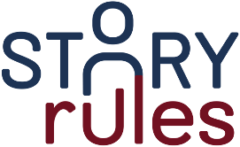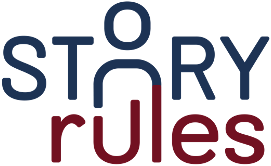How to Engage Students Better
In case you missed it, I have formally launched the Story Rules YouTube channel!
It was super awkward initially trying to speak to a camera. But I’m slowly getting the hang of it, and even enjoying it a little bit!
Also, loved this Amazon review by newsletter reader and good friend, the economist, Ashish Kulkarni:
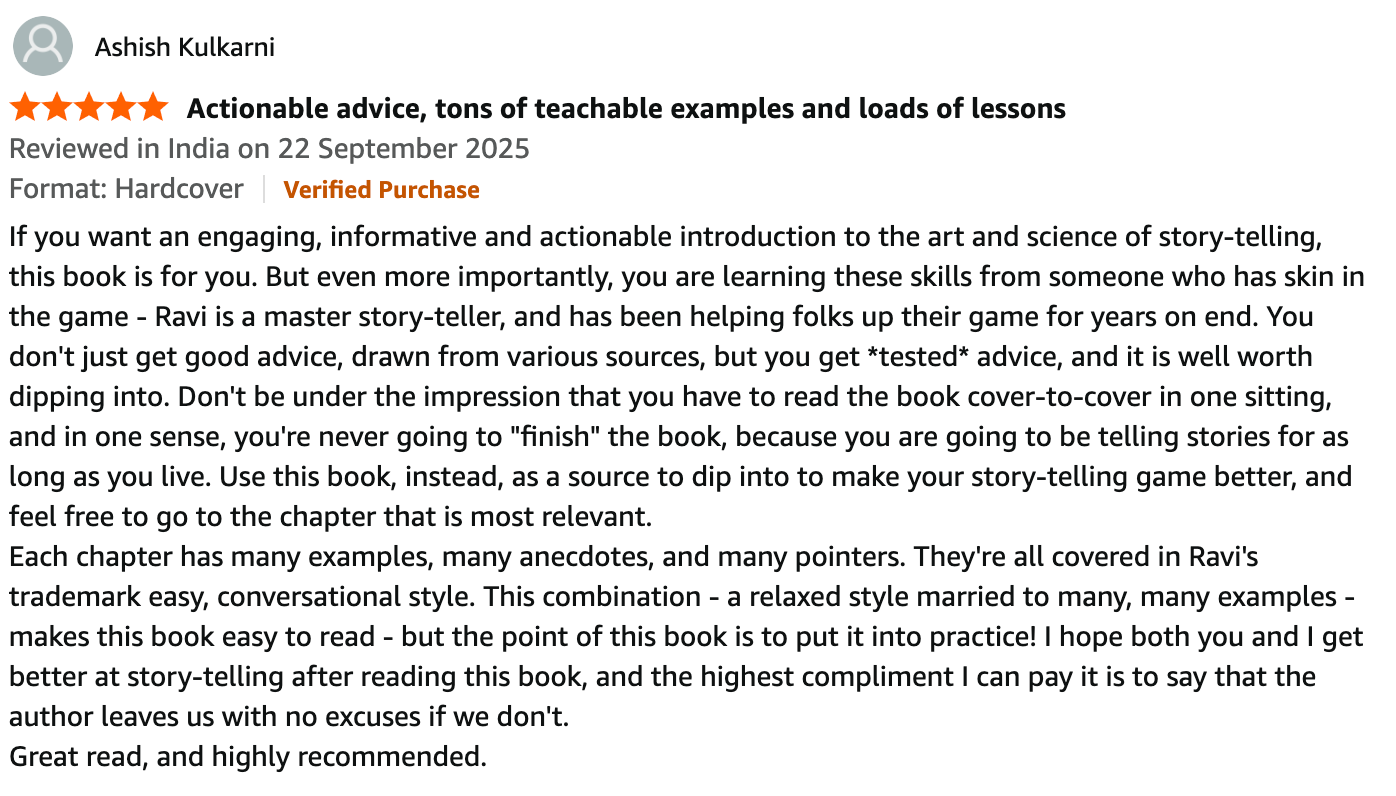
Please share your review too, if you haven’t written one yet!
Thanks for reading The Story Rules Newsletter! Subscribe for free to receive new posts and support my work.
And now, on to the newsletter.
Welcome to the one hundred and thirty-fifth edition of ‘3-2-1 by Story Rules‘.
A newsletter recommending good examples of storytelling across:
- 3 tweets
- 2 articles, and
- 1 long-form content piece
Let’s dive in.
𝕏 3 Tweets of the week
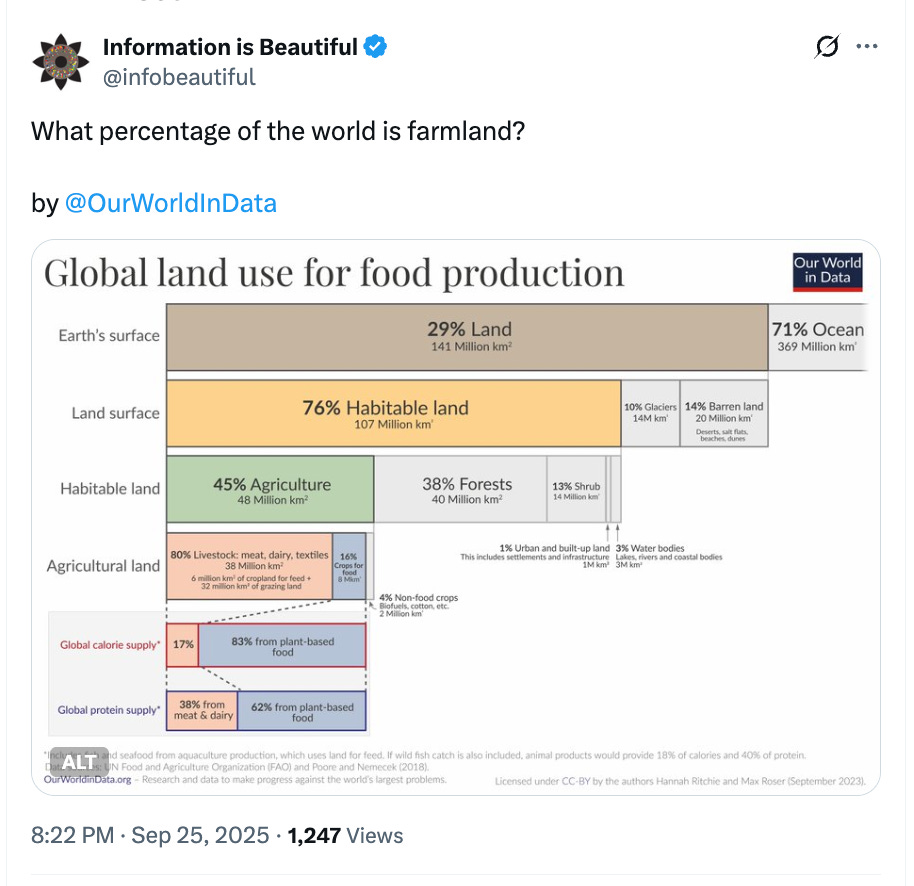
Fascinating chart. Can find so many insights in it. My favourite – look at the share taken up by urban and built up land.
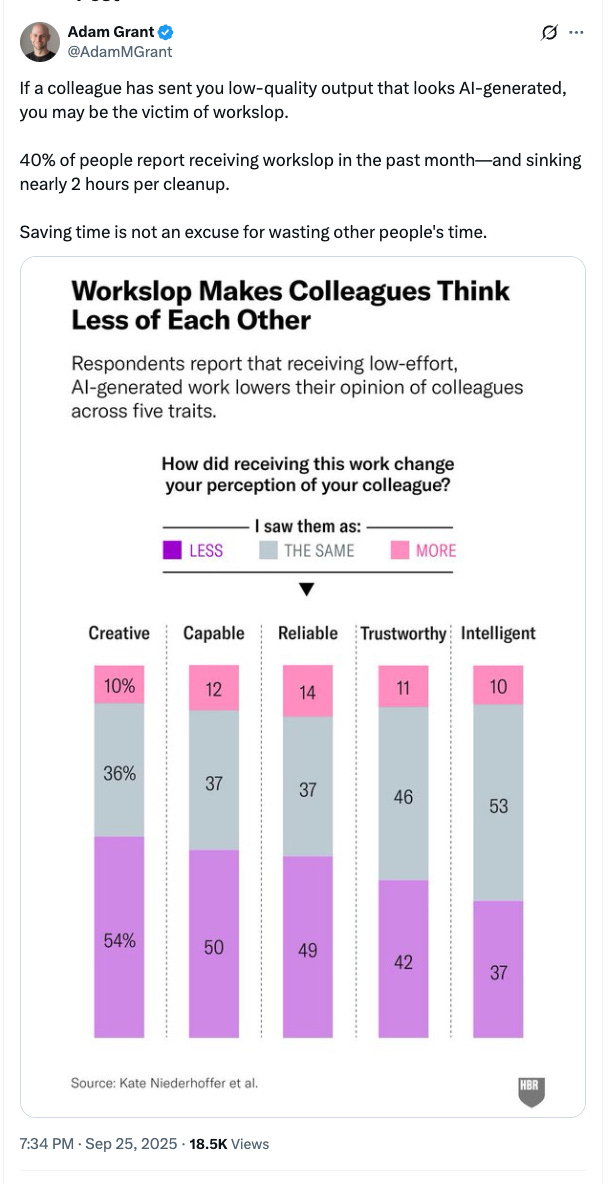
AI content might be quick and convenient to generate…, but your users may not be very happy with you.
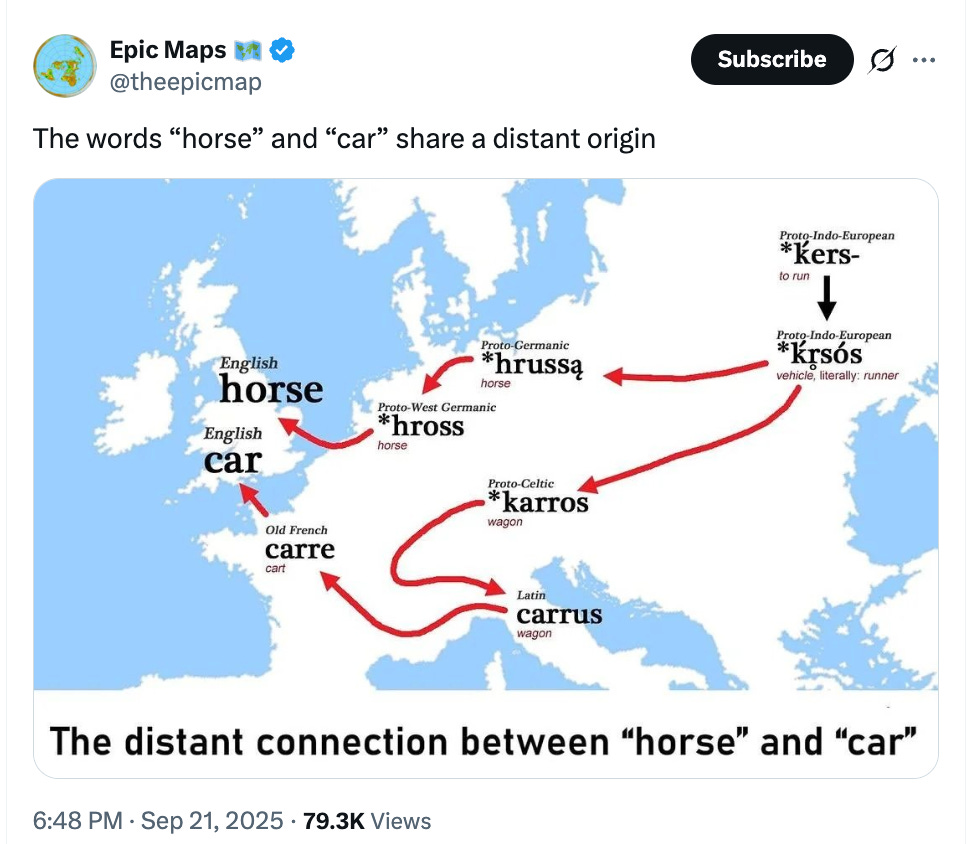
Word origins are very cool.
📄 2 Articles of the week
Shekhar Gupta makes some compelling points about why India should not avoid playing Pakistan in multilateral sporting events.
Gupta starts with some contrast. There was no outrage during the Olympics (admittedly a pre-Pahalgam event):
To underline the hypocrisy, I shall take you to Tokyo’s giant National Stadium where a historic first played out: four athletes from the Subcontinent, two from India, a Pakistani and a Sri Lankan among the 12 javelin throw finalists at the World Athletics Championship.
If you tracked all social media handles through the day, and specifically in the short period when the throws were taking place, you would have found nothing trending on it. And definitely no outrage that Neeraj Chopra and Sachin Yadav were competing against a Pakistani, Arshad Nadeem.
He then analyses why cricket gets so much of the inter-country hate… and boils it down to engagement farming:
In a way I’d say this is a good thing. A relief that the internet/news TV mob wasn’t harassing Army JCO Chopra for competing against Pakistan while the Pahalgam widows were still grieving. This differential emotional reaction to cricket and athletics comes only partly from our cricket obsession—and perhaps only a small part. The rest, the primary motive is simple old engagement farming. Cricket is so much better than an Olympic sport to build and sustain a 24×7 outrage.
The farming is not just on social media – it also extends to that paragon of journalistic excellence in India: television news.
If it was just social media, you’d dismiss it as one of those juvenile trends. The difference is, it also dominates our TV debates. It grows more vicious and bitter with every prime-time hour on both sides, with cuss-words and straightforward communal slurs thrown in.
He comes to his main point – that conceding matches goes against the sporting ethos
It is bad enough that India is the victim of terror. Should it then concede a walkover to Pakistan in all international contests? What kind of defeatist victimhood is this?
That means Pakistan, which today has only a one-in-ten chance of beating India in any form of the game over the past 20 years, now presumes automatic wins?
b. ‘Over and over and over again’ by Bartleby (The Economist)
This Economist article was shared by advertising and personal branding expert, Karthik Srinivasan on LinkedIn and talks about the importance of repetition of key ideas by leaders.
Some key points that it made:
- Companies become branded/associated with some words due to repetition (e.g. ‘Day One’ at Amazon or ‘Fortress balance sheet’ with JP Morgan Chase)
- Repetition helps persuade people that something is correct (the illusory truth effect)
- Repetition is harder on speakers than listeners
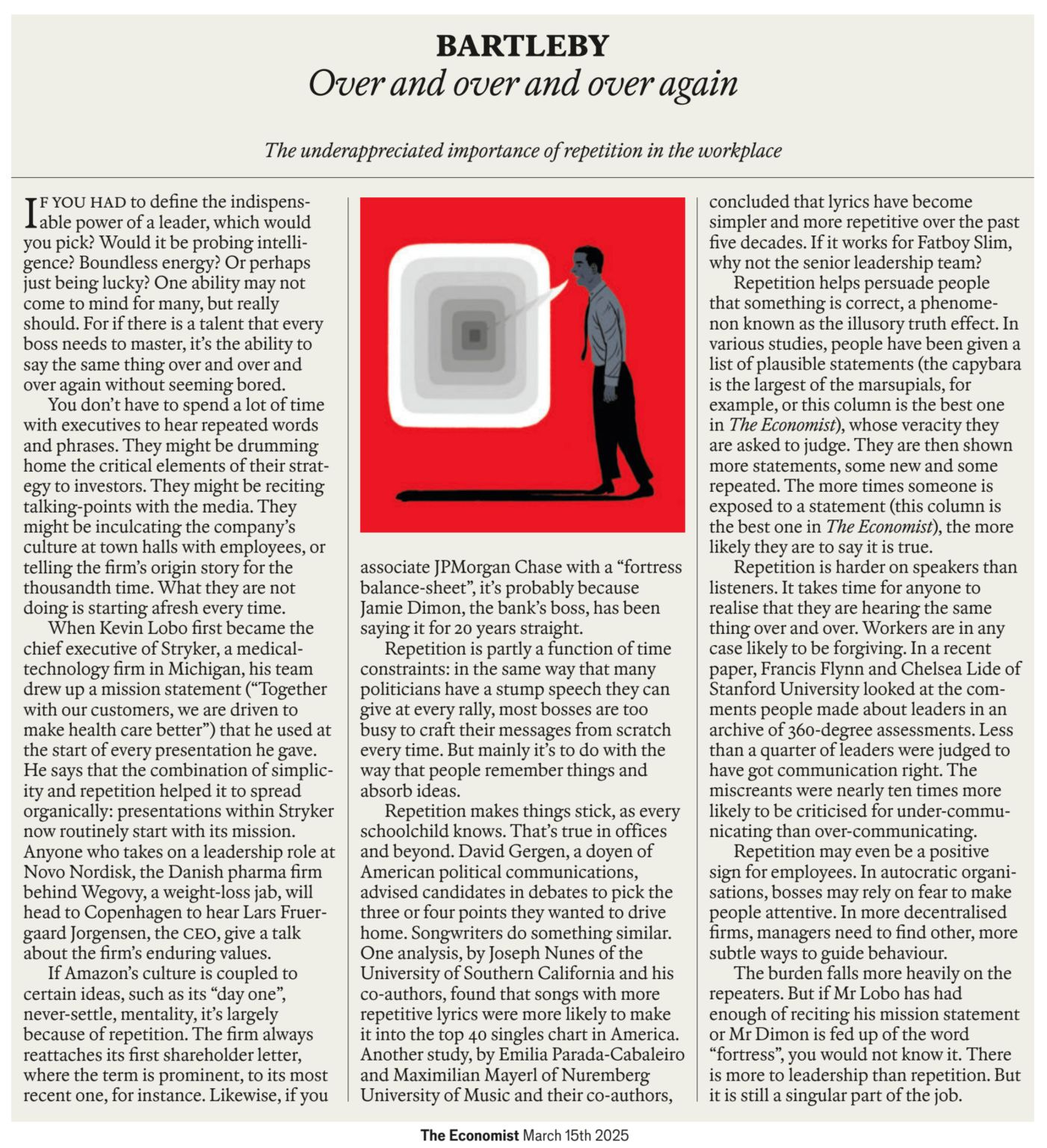
Here’s a comment that I wrote to the LinkedIn post:
Lovely piece. (Might even be the best column in The Economist!). To add a different but related pov: Most figures of rhetoric rely on smart repetition to make emphatic points.
Here are some examples:
– Alliteration: Repeating similar sounds at the beginning of words. (E.g. Friday Finds)
– Anadiplosis: Repeating the last word/phrase of one sentence as the first word in the next. (e.g. Fear leads to anger. Anger leads to hate)
– Epizeuxis: Repeating a word multiple times, usually thrice. (E.g. Location, location, location)
– Epistrophe: Repeating the same phrase at the end of a series of sentences/phrases (e.g. Govt of the people, for the people, by the people)
– Anaphora: Repeating the same phrase at the beginning of a series of sentences/phrases. (E.g. We shall fight them on the beaches. We shall fight them on the landing grounds…)
These are from Chapter 25 of my book, Story Rules 🙂
🎧 1 long-form listen of the week
a. ‘How Our Brains Learn’ on the Hidden Brain podcast
In this episode with gloriously-named psychologist-neuroscientist Mary Helen Immordino-Yang, Vedantam sets up the conversation in an intriguing manner:
Have you ever attended a meeting where leaders of your organization drone on about some new initiative or corporate mumbo jumbo? As your eyelids grow heavy with sleep, you fear your head is going to fall through your interlaced fingers and crash onto the conference table.What is missing from these classrooms and conference rooms is engagement, a state of being absorbed and alert, where you are eager to learn and know more.This week on Hidden Brain, why so many of us feel apathetic at school and at work, and how to cultivate the magic of engagement.
I loved this anecdote in which Mary Helen talks about how she got African-American kids to understand the evolutionary reason for their skin colour:
What fascinated me was that the kids started to ask me questions about why, when we talked about early humans and hominids, why they were always depicted with dark skin, like they looked like black people. And I remember in particular one girl bravely raising her hand, and it just struck me that all the other kids were kind of pushing her on, like, yeah, yeah, ask the question, asking me, why is that the case? Why do these early hominids always, why are they depicted with dark skin? And of course, they were on the equator, where without dark skin, you would fry, right? You would have skin cancer, you’d be sunburned. And I think it was a turning point moment, because the kids suddenly realized that the concept of evolution and of adaptation to your environment was applying to them as well in that context…
For kids to want to learn something, they have to care about it. Mary Helen makes a key point about how we would want to learn something only if it matters to us:
… biology doesn’t waste energy, right? We don’t think about things that don’t matter, because that would be a waste of time and energy. So if you think about it this way, whatever you’re having emotion about is what you’re thinking about. And whatever you’re thinking about, you might be able to learn about. So we need to ask ourselves as parents, as teachers, as people, what am I having emotion about? And when the emotions of school and development are about the achievements and the outcomes and the results, that is what you have a hope of learning about.
But instead of making the student realise why they should care about a topic, we focus too much on the topic itself:
So we set the cart before the horse in the way we design our curricula right now. We’re thinking too much about what little learning nuggets get shoved in the cart, and we forget to think about who’s the horse pulling that cart. What does that horse need? And that’s, I think, the fundamental problem with the way we’ve designed our education system today.
I also loved this example of how an algebra teacher got her students to care about the subject:
a teacher who was teaching Algebra 2. And what she had done around her class was explain to kids that the ways that exponential functions work, the ways that quadratic equations work, they allow you to calculate something called exponential growth. And what she did was as the kids were learning the math, she then assigned them to families from the neighborhood as financial planners. So they worked and wrestled with those families across the semester to get financial information about those families’ hopes to buy a home, to pay for their kids’ education, those kinds of things, their income, their expenses. And the kids used their Algebra 2 skills to calculate the cost of owning a home, the amount they should be saving to be able to pay for their child’s education someday. And they worked with real families and presented them with financial planning resources. As those kids engaged in that math, they were so deeply connected to the reason why that math matters. It empowered them to be useful members of their community, to be experts who were resources to the families in their community.
The beauty is that these techniques cost so little. If you have teachers in your network, please ask them to listen to this episode!
That’s all from this week’s edition.
Photo by Diana Polekhina on Unsplash
